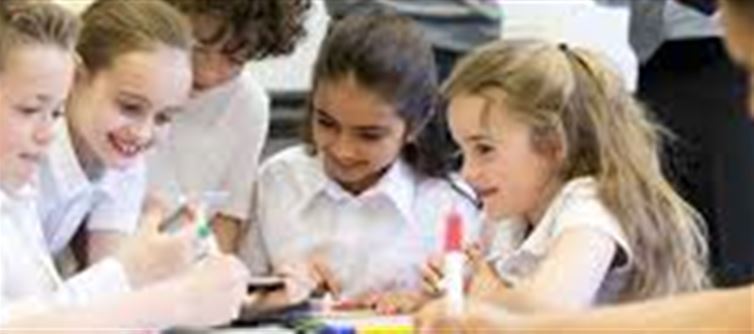
Every student learns differently, and understanding these unique learning styles can help teachers create a more inclusive and effective classroom. The main learning styles include visual, auditory, and kinesthetic learners. Visual learners grasp information best through images, charts, and written directions, while auditory learners benefit from listening to explanations and discussions. Kinesthetic learners, on the other hand, understand concepts better through hands-on activities and movement.
To support visual learners, teachers can use diagrams, infographics, and color-coded notes. Incorporating videos or slide presentations with clear visuals also helps these students absorb material more easily. Providing written instructions and encouraging note-taking can reinforce their understanding. Visual learners often thrive when they can see the “big picture” laid out in front of them.
Auditory learners benefit from hearing information, so teachers can use strategies like reading aloud, storytelling, and group discussions. Encouraging students to explain concepts back in their own words or engage in debates can deepen their comprehension. Recording lessons or using audio tools also gives auditory learners the chance to revisit material at their own pace.
Kinesthetic learners need movement and hands-on experiences to stay engaged. Activities like experiments, role-playing, and building models help these students connect with the content. Allowing frequent breaks or incorporating physical movement during lessons can improve focus. By combining different teaching methods and tailoring lessons to include visual, auditory, and kinesthetic elements, educators can meet the needs of all learners and create a richer learning environment.




 click and follow Indiaherald WhatsApp channel
click and follow Indiaherald WhatsApp channel